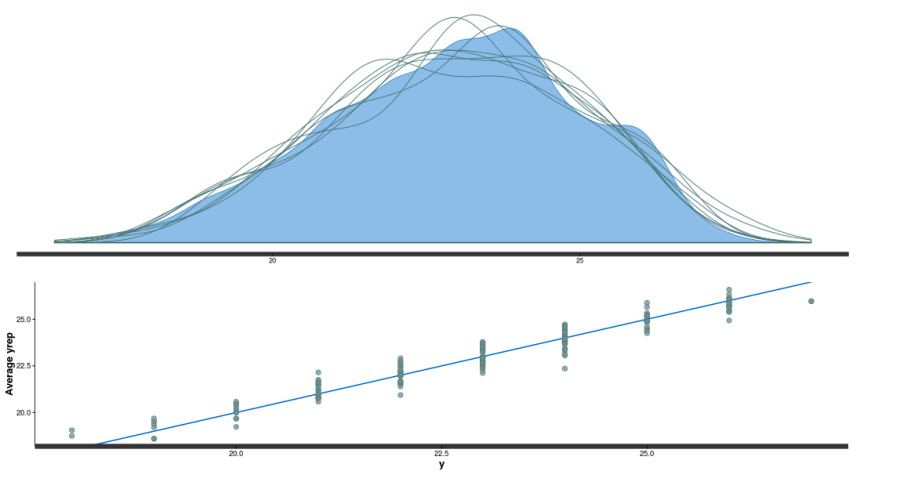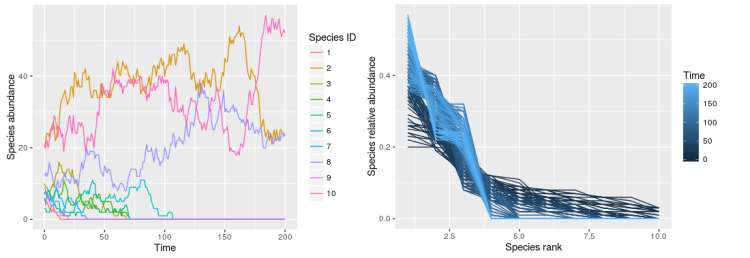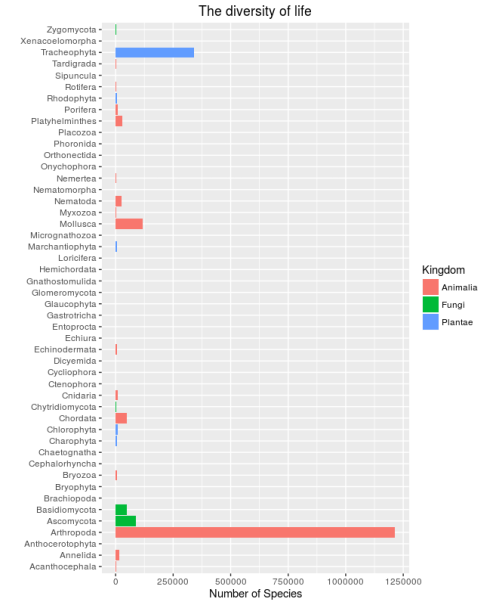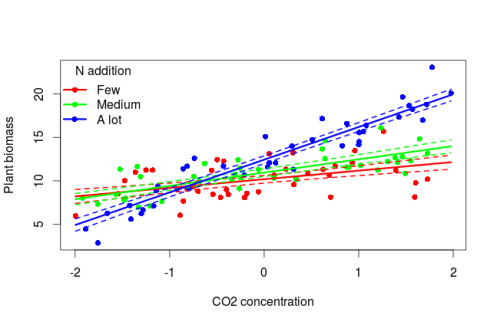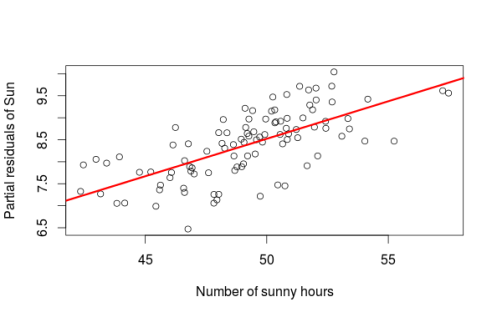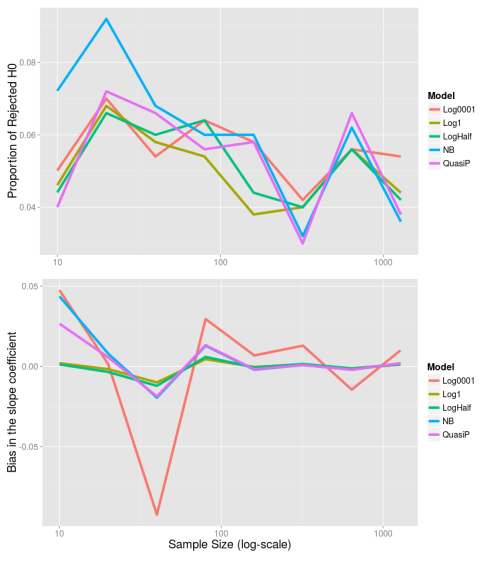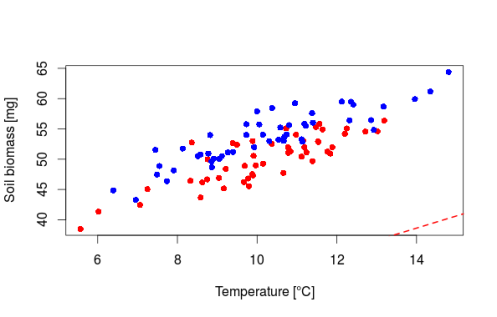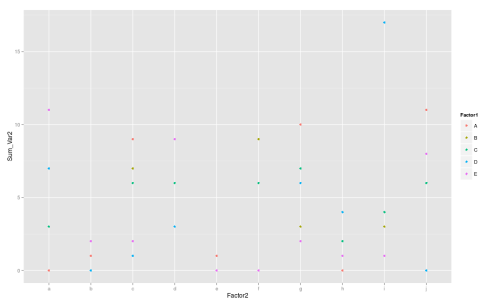Patterns across 50 years of French presidential election
[Une version francaise de cette article est disponible ici] This year (2017) we will have our presidential election between April and May in France. A while ago I discovered the open data website of the French government publishing public data with free access and promoting utilization by anyone. So in this ... [Read more...]

